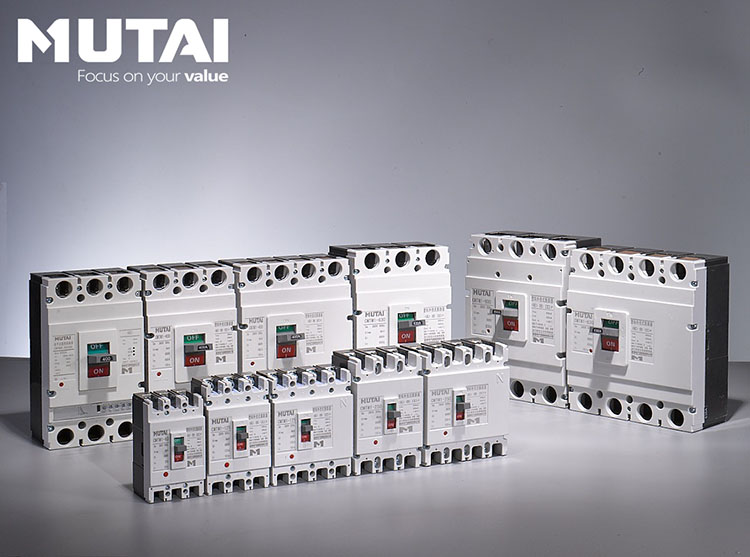Moulded case circuit breakers (MCCB) are an important component in any electrical system, providing overload and short-circuit protection. These circuit breakers are composed of several key components such as the insulating housing and operating mechanism, which play a vital role in the performance and reliability of the molded case circuit breaker.
The insulating housing is the basic component of the moulded case circuit breaker and provides the necessary space for the installation of all circuit breaker components. It is made of high-quality thermoset composite resin (DMC bulk material) or glass polyester (injection molding), ensuring high dielectric strength in a compact design. The specific materials used for the insulating housing are determined by the type and size of the moulded housing and also describe the circuit breaker’s key characteristics, such as maximum voltage and current rating.
In addition to providing the necessary space for component installation, the insulating shell also plays a vital role in ensuring the safety and reliability of the moulded case circuit breaker. The high dielectric strength of the insulating shell ensures that the circuit breaker can operate effectively under different power load conditions, providing protection for the power system and users. This important component is a testament to the design and engineering excellence of the moulded case circuit breaker, ensuring its effectiveness in a wide range of applications.
The operating mechanism of the moulded case circuit breaker is another key component worthy of attention. The operating mechanism is responsible for the opening and closing of contacts within the circuit breaker and is designed to provide precise control of the circuit breaker’s functionality. The speed at which the contacts open and close is directly related to the movement of the operating mechanism handle, allowing the MCCB to operate efficiently and reliably.
In terms of safety and convenience, the operating mechanism of the moulded case circuit breaker also provides valuable functions. For example, circuit breakers are designed to automatically trip when necessary, ensuring the safety of the electrical system and its users. Additionally, when multiple circuit breakers are installed in a switchboard, different handle positions can be used to identify faulty circuits, allowing for quick and efficient troubleshooting and maintenance.
Before leaving the factory, moulded case circuit breakers undergo rigorous testing to ensure they meet the highest quality and performance standards. This includes testing circuit breakers for opening and closing under overload and short circuit conditions using single-phase and two-phase methods. By monitoring circuit breaker tripping within a set range of values, manufacturers can ensure that moulded case circuit breakers are used safely and reliably in a variety of settings.
In short, the insulating shell and operating mechanism of the moulded case circuit breaker are key components that determine its effectiveness, reliability and safety. Through the use of high-quality materials and precision engineering, these components ensure that the MCCB provides optimal protection for the electrical system while providing convenient and user-friendly operation. With a strong focus on performance and safety, moulded case circuit breakers remain a vital asset in applications ranging from residential to industrial facilities.
Mutai Group has more than ten years of manufacturing and sales experience in the fields of circuit breakers, contactors, dual power automatic transfer switches, etc. We sincerely look forward to the opportunity to cooperate with you.
Post time: Dec-07-2023





